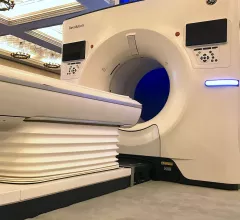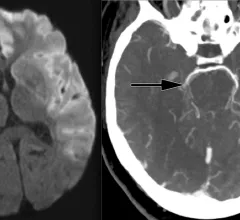Bibb Allen, MD, FACR, chief medical officer of the American College of Radiology (ACR) Data Science Institute, explains the trend of using AI for the automated detection of stroke on computed tomography (CT) imaging and the need to include radiologists on the stroke care team.





